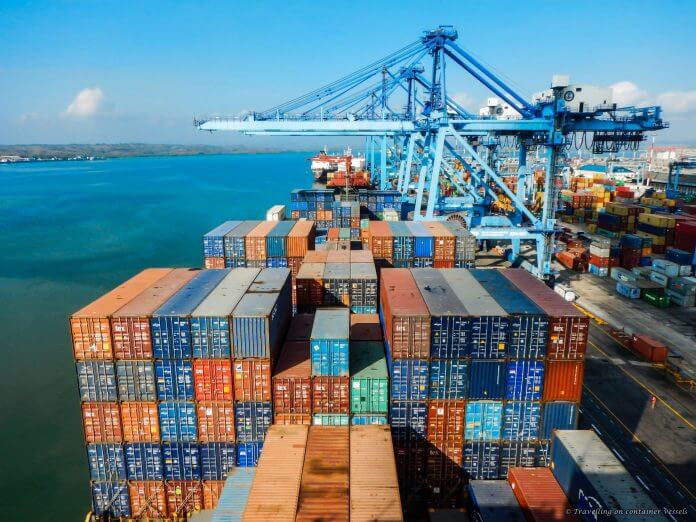
Our Projects are
Transforming African Trade
Quick Contacts
2nd Floor, Fidelity Insurance Centre Waiyaki Way, Westlands

These include expansion of access roads such as at Gate 18, used by trucks, which is being expanded to three lanes for both incoming and outgoing traffic.
Phase Two of the second container terminal (CT2), which is berth number 22, will be completed by August 2021 and will have the capacity to handle about 450,000 TEUs.
According to Managing Director Kenya Ports Authority Eng Rashid Salim, the port has invested Ksh 274 million on new 30 terminal tractors in an effort to boost cargo handling capacity at the Port of Mombasa and the Inland Container Depot.
The 30 tractors will boost existing fleet of 102 and enhance the loading of cargo on to the Standard gauge railway system.
The new machines are part of KPA’s Equipment Replacement Program that has been running for several years now.
Container traffic at the port went down but we are getting back as we continue.
” We are still building the Lamu port. The 3 berths at Lamu port are 80% complete. The first ship is hopefully expected by the end this year at the port. ” Said Salim.
Kipevu Oil Terminal
The Kipevu Oil Terminal – KOT is one of Kenya´s Vision 2030 flagship projects and an enabler for the Big Four transformation Agenda.
The project which is fully financed by Kenya Ports Authority at a cost of Kshs.40 billion, will expand our capacity to serve increasing needs of our neighbouring countries that rely on Mombasa port for oil imports once completed.
Salim further noted that the tripartite agreement signed between Kenya Railways, Kenya Pipeline and Kenya Ports Authority will enhance togetherness and ensure activities from sea to land are synergised.
He said with the agreement, there will be no duplication of services, there will be seamless continuity and cost of doing business will go down.
Read the original article
Disclaimer: The views and opinions expressed in this article are those of the authors and do not necessarily reflect the official policy or position of TradeMark Africa.